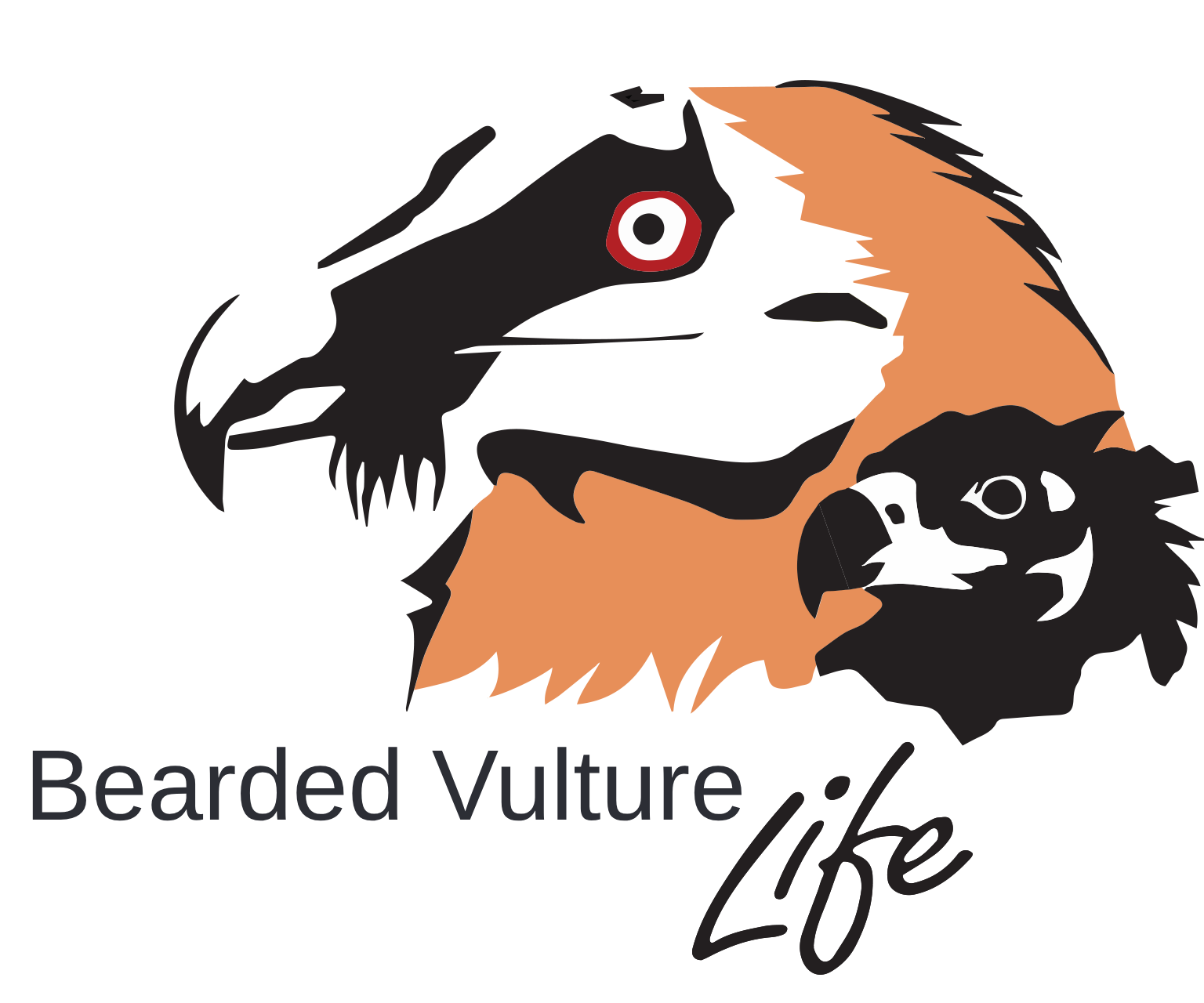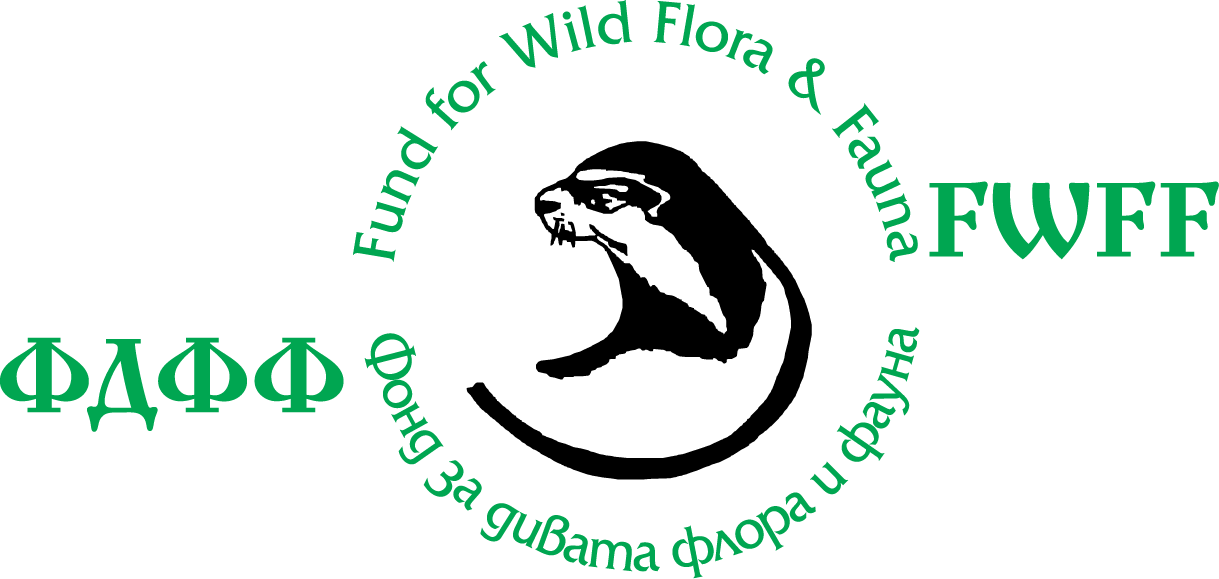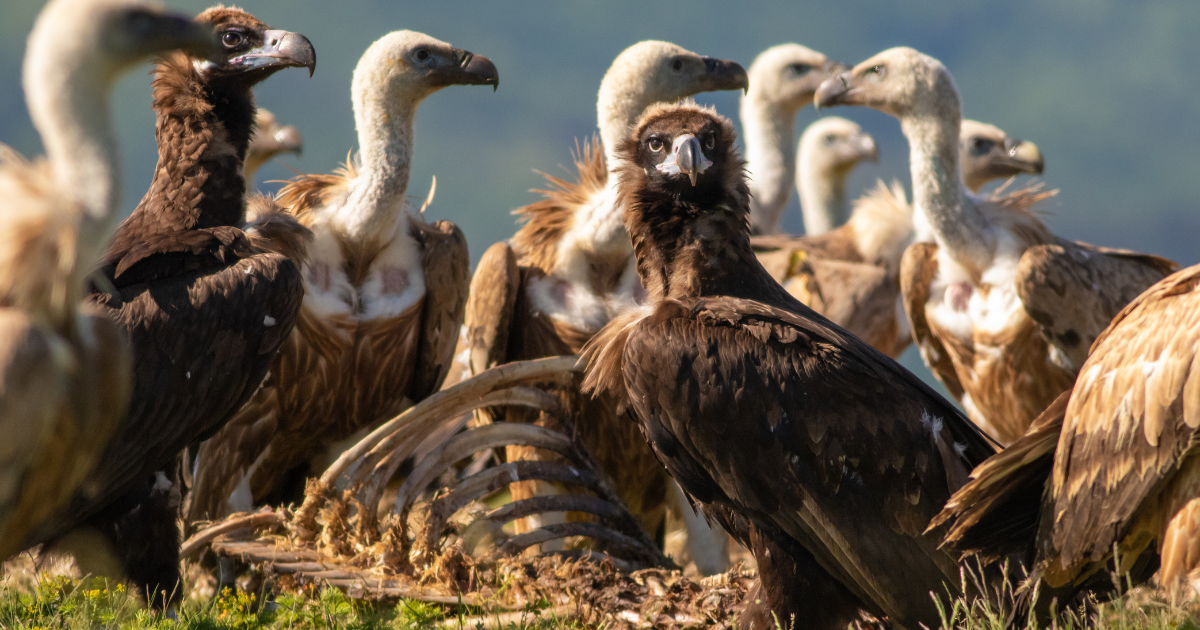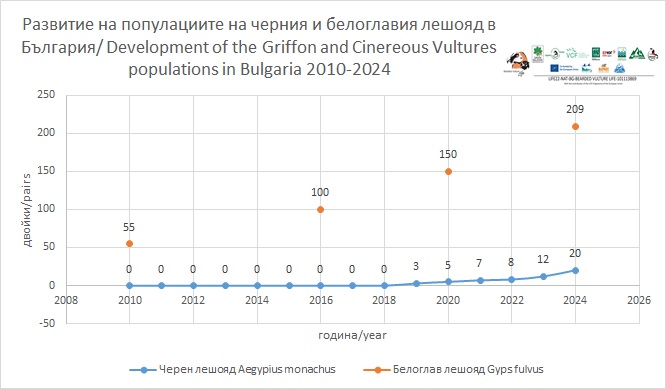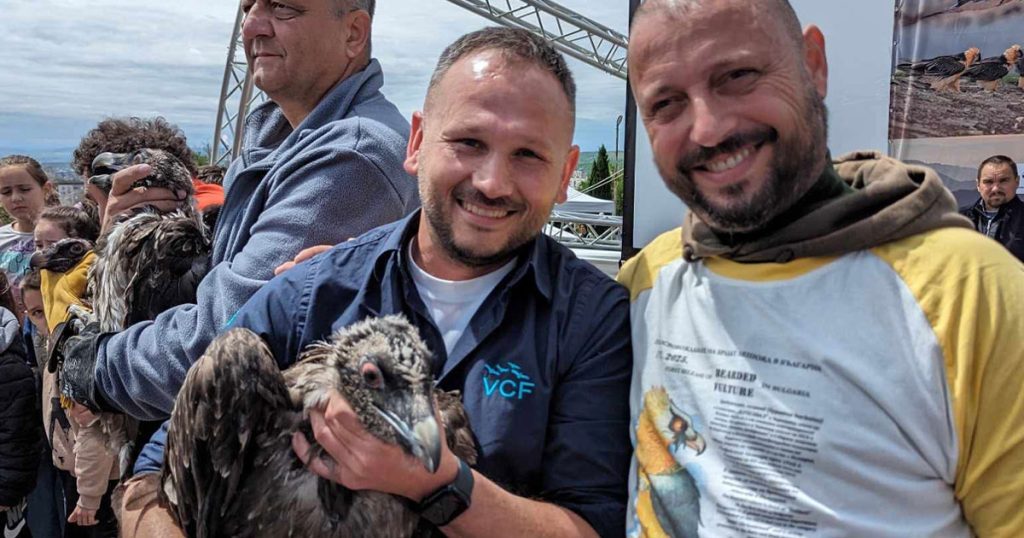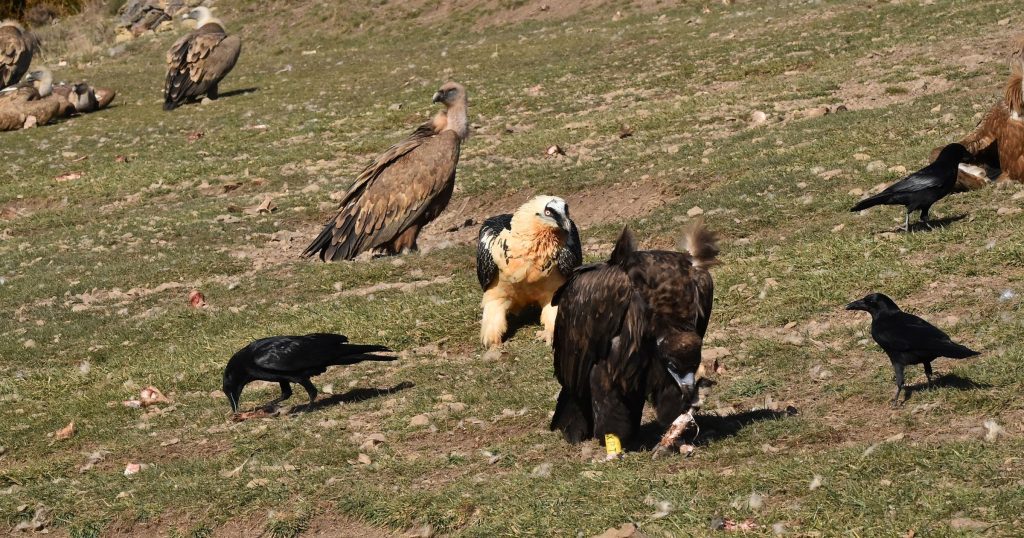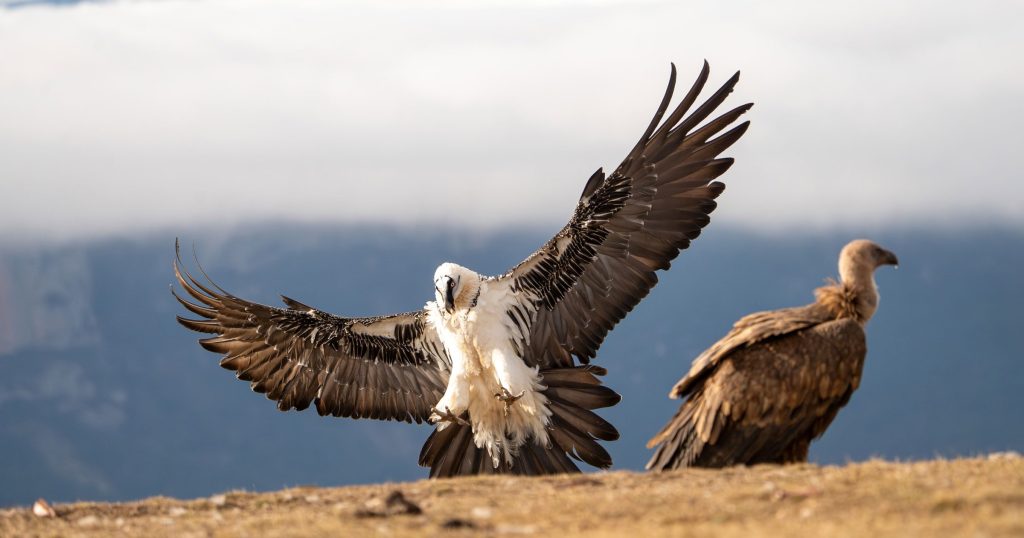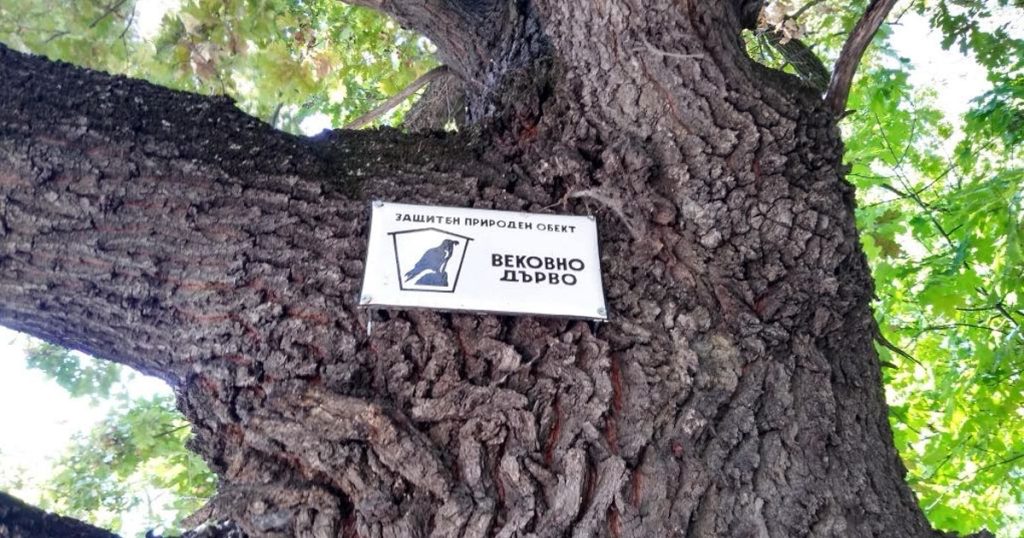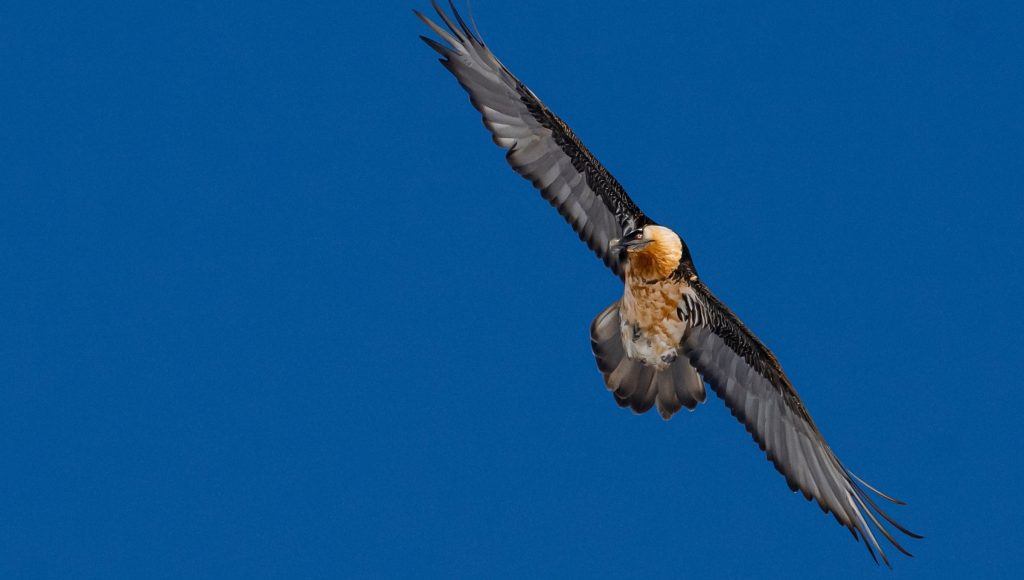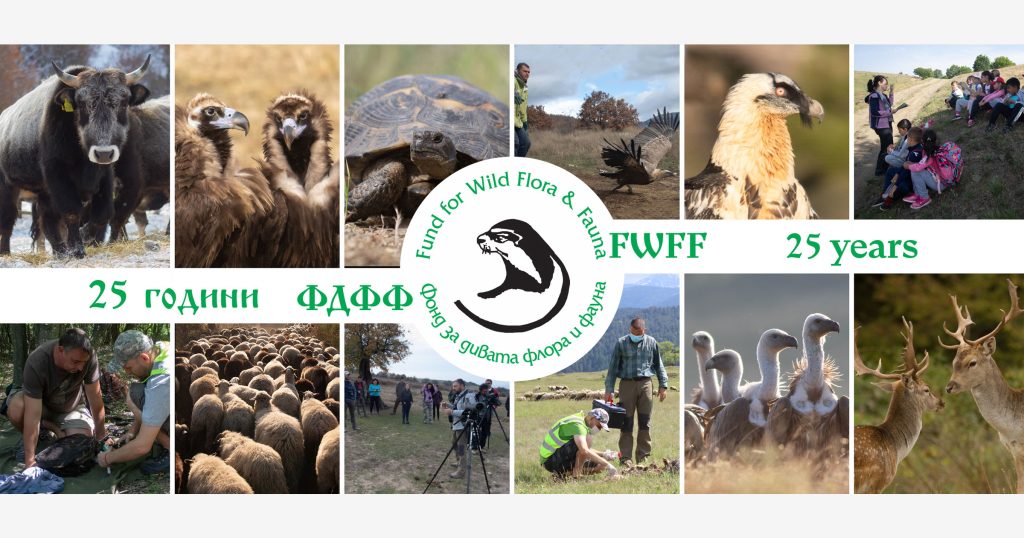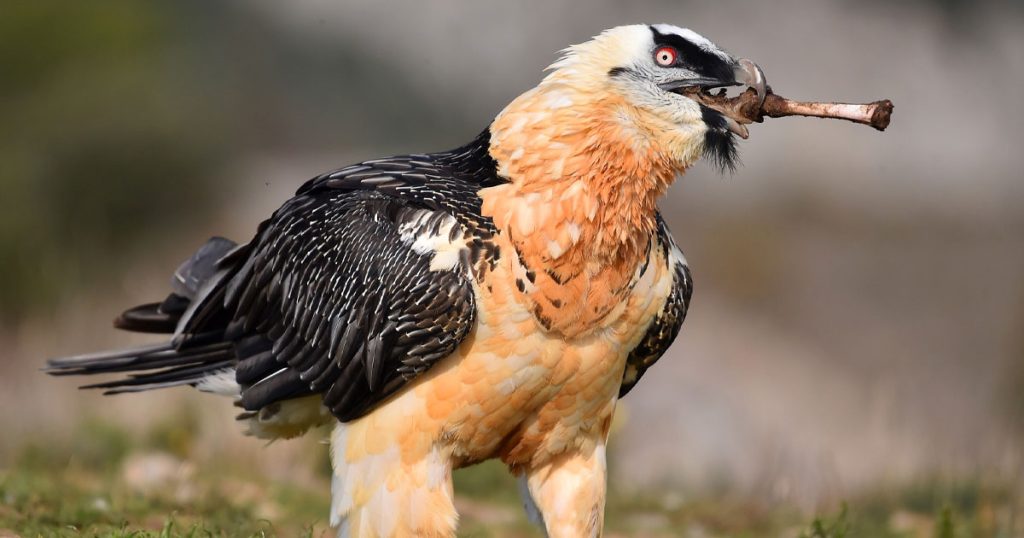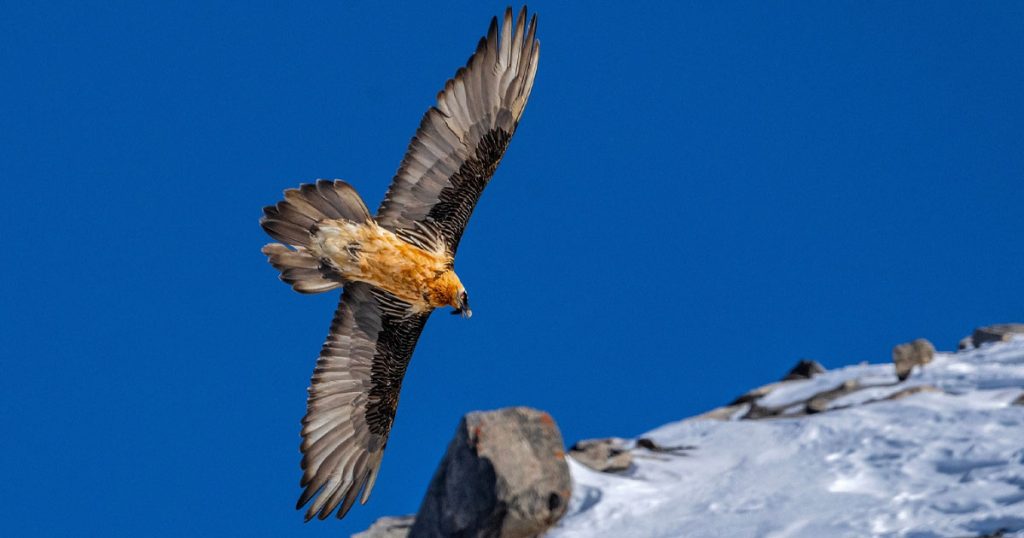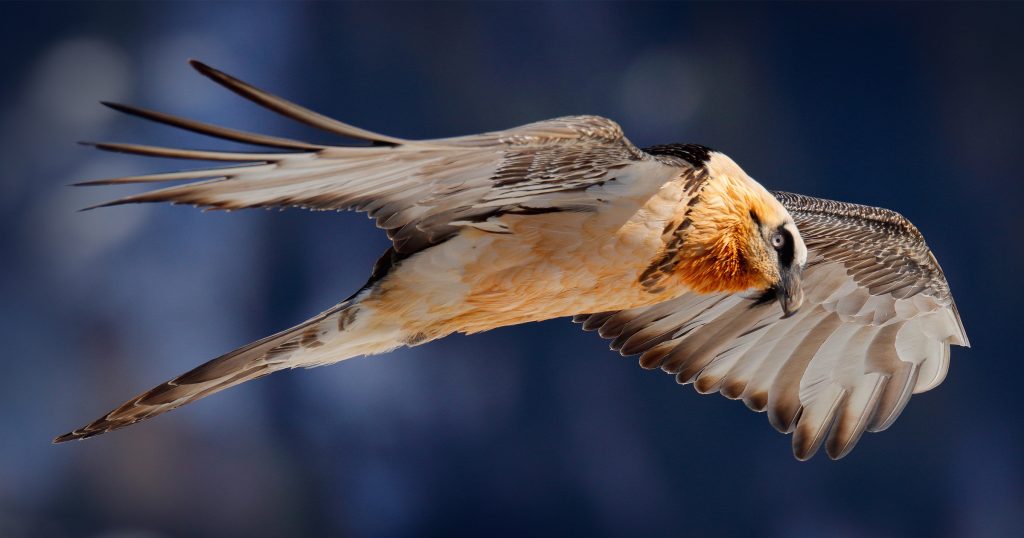The more, the better…
Listed as extinct as early as 1985 in the Red Book of Bulgaria and still in the same way in the 2011 edition, and without a single breeding pair until 2021, the Cinereous Vulture in 2024 already has a national population of 18- 20 pairs. Of these, 15-17 pairs, of which at least 10 laid eggs, are in the two reintroduced by Green Balkans, FWFF and BPPS colonies – Vrachanski Balkan/Ponor and Eastern Balkan Mountains (Sliven/Kotel). Newly formed two-three pairs were also reported for the Eastern Rhodopes, where a project for the local reintroduction of the species is also underway (BSPB/BirdLife Bulgaria, 2024), but there the birds are still young, and reproduction still has not taken place. With these numbers, the Bulgarian reintroduced population of the species now accounts for 1/3 of the Balkan Peninsula’s one (added to the autochthonous remnant colony in Dadia, Greece, accounting for 30-35 pairs).
During the current breeding period, the Griffon Vulture has a record number in the autochthonous colonies in the Eastern Rhodopes of 138 pairs (BSPB/BirdLife Bulgaria, 2024), but also the reintroduced colonies in Vrachanski Balkan – 27-30, Eastern Balkan Mountains – 28-31 and Kresna 9-10 pairs. Thus, the national population exceeds the psychological threshold of 200 pairs and is now in the range of 202-209 pairs. The proportion of 1/3 of the national population of the Griffon Vulture is maintained to be directly due to the local reintroductions in the Balkan Mountains and Kresna, which was initiated and carried out by the consortium of Green Balkans, FWFF and BBPS, but certainly some of the released birds have also settled in the Eastern Rhodopes and North Macedonia and Greece, where they strengthened the local colonies and which in turn gave individuals to the new ones. In addition, during their roaming, birds from the autochthonous colonies of the Balkan Peninsula often stop and stay for some time in the newly created cores in the Balkan Mountains and Kresna, and thus, the percentage of surviving and well-living individuals increase to return later and nest in the native colonies.
